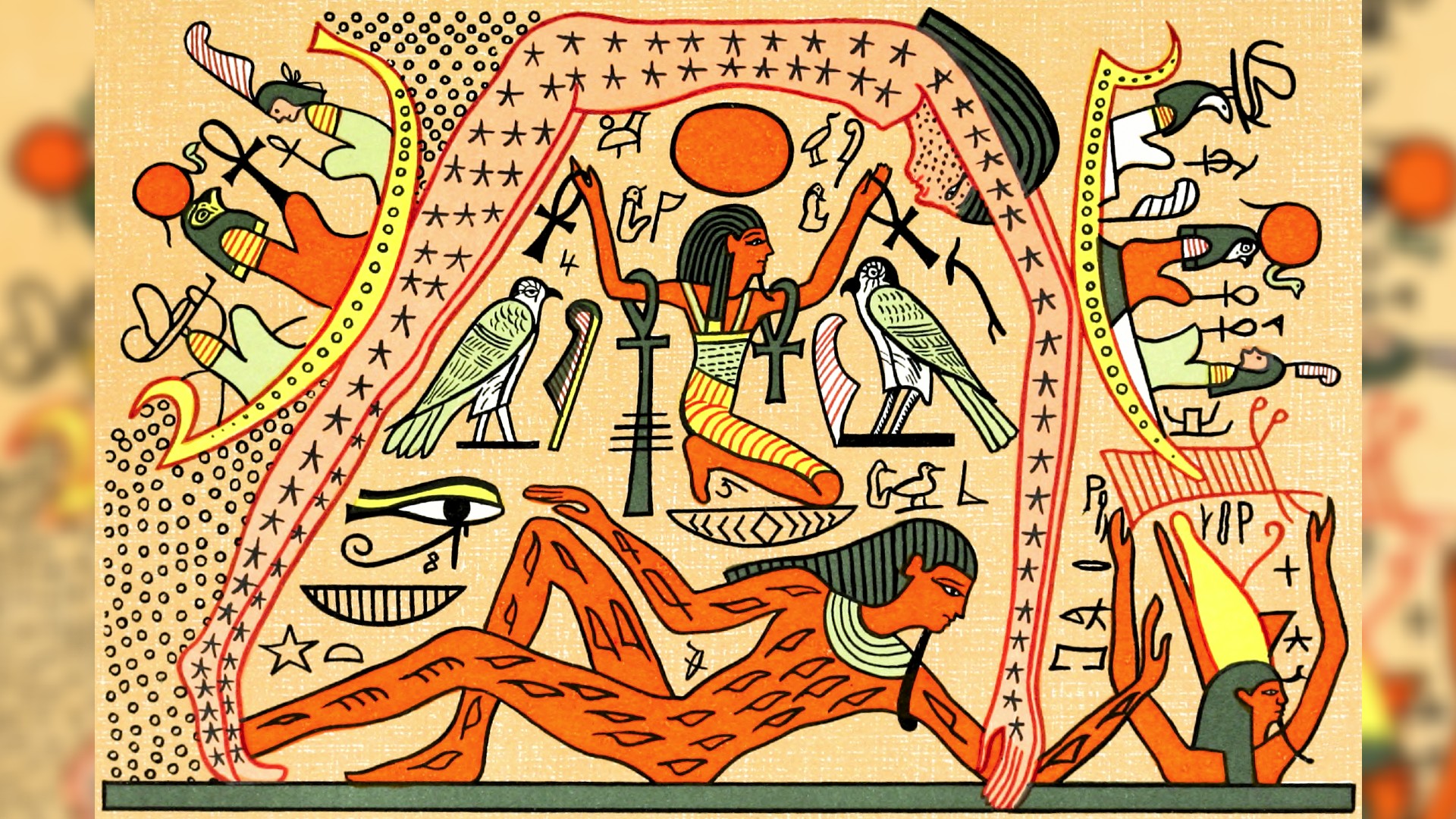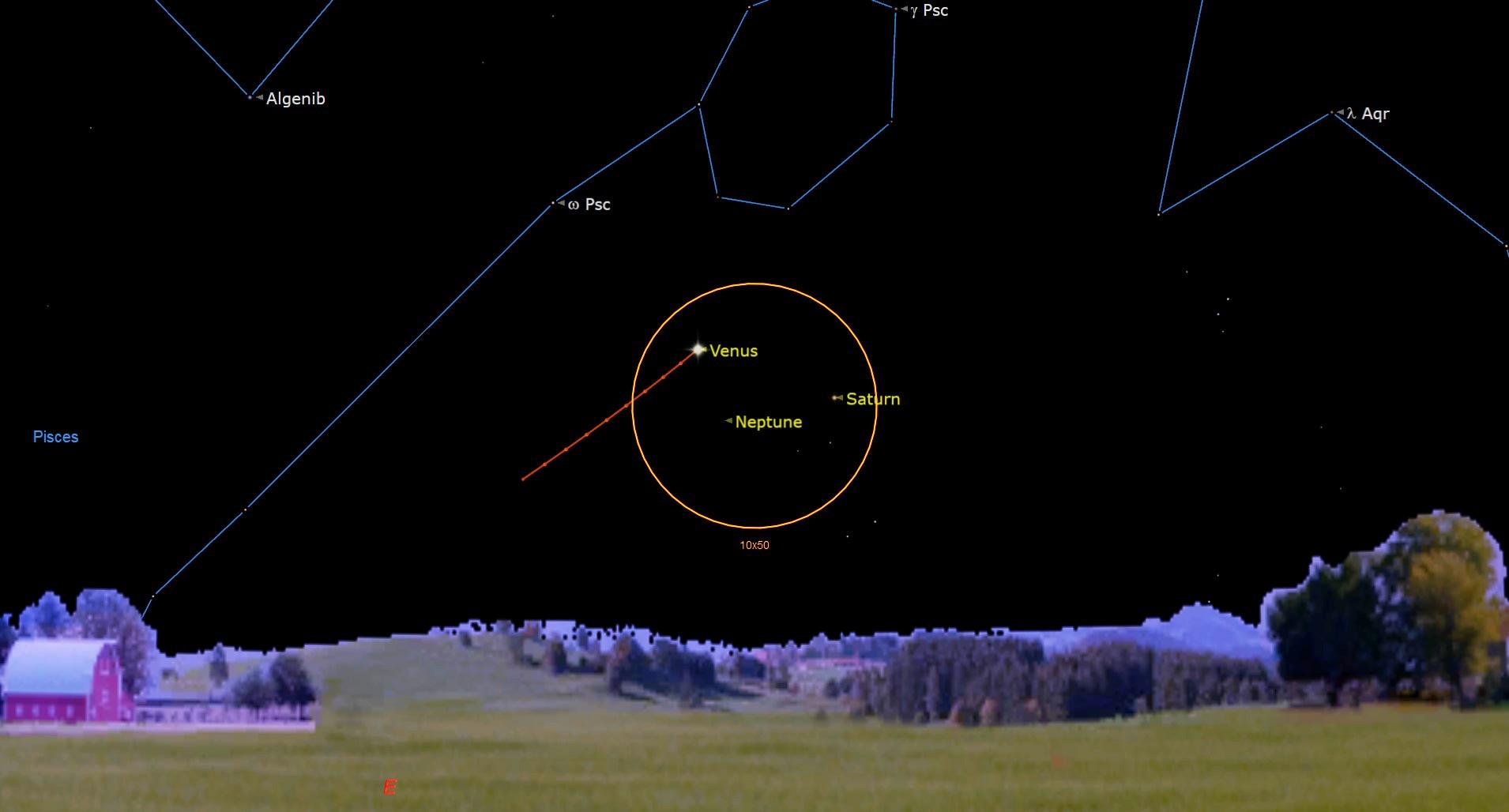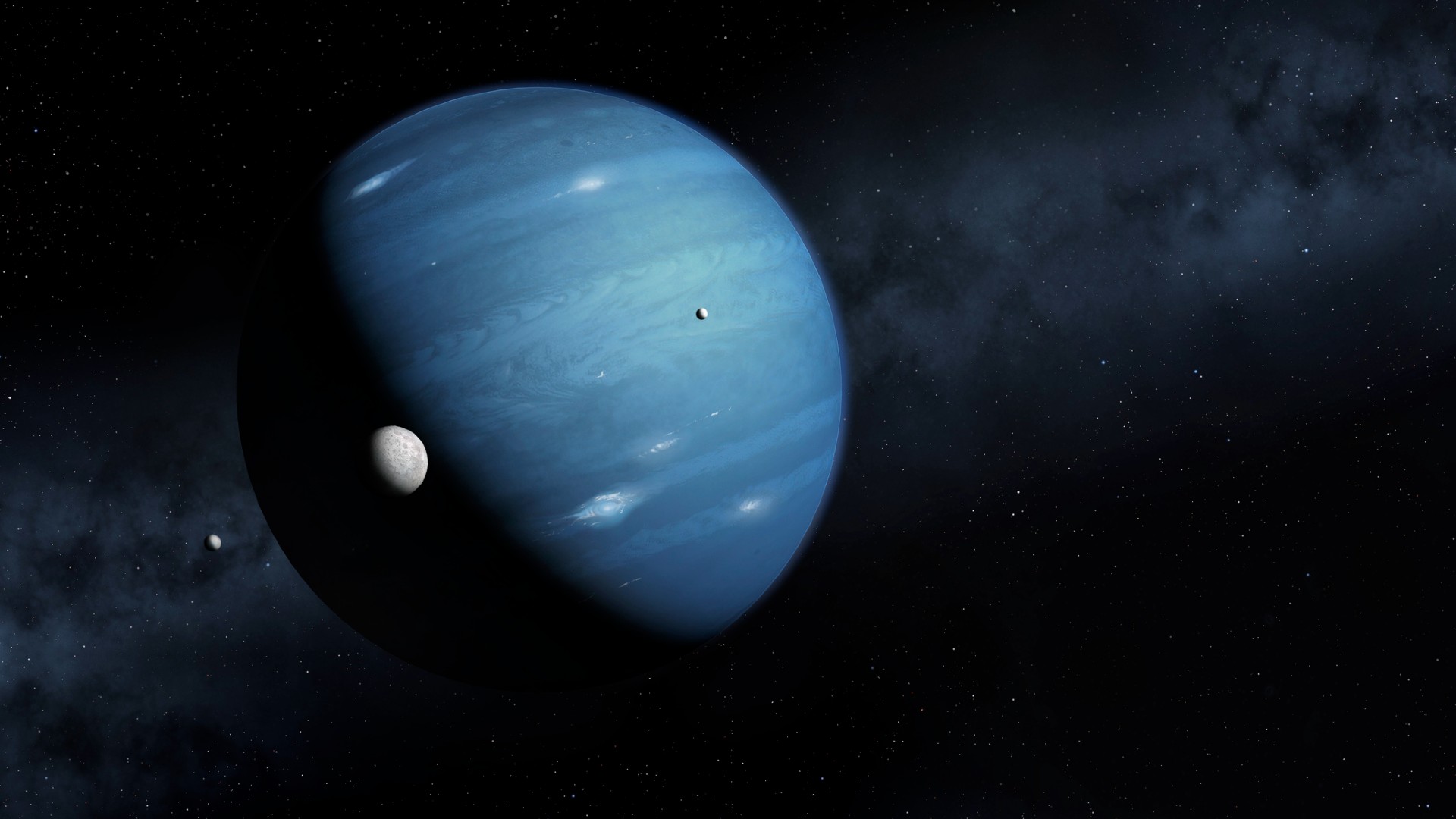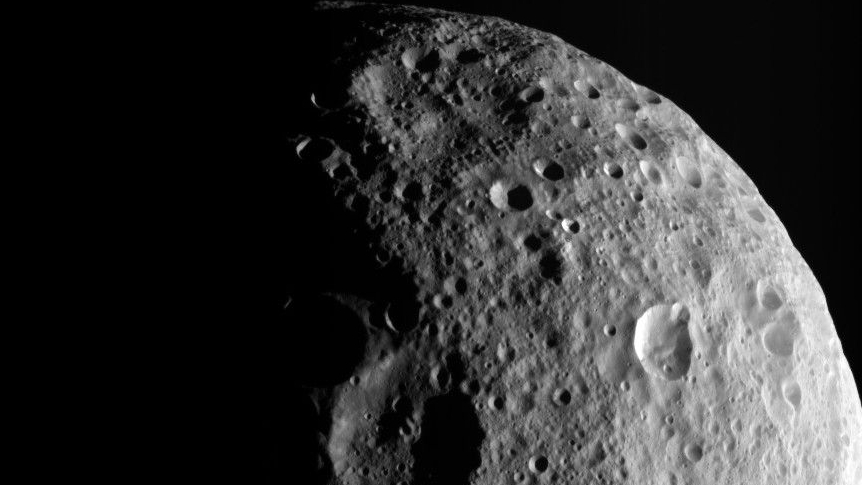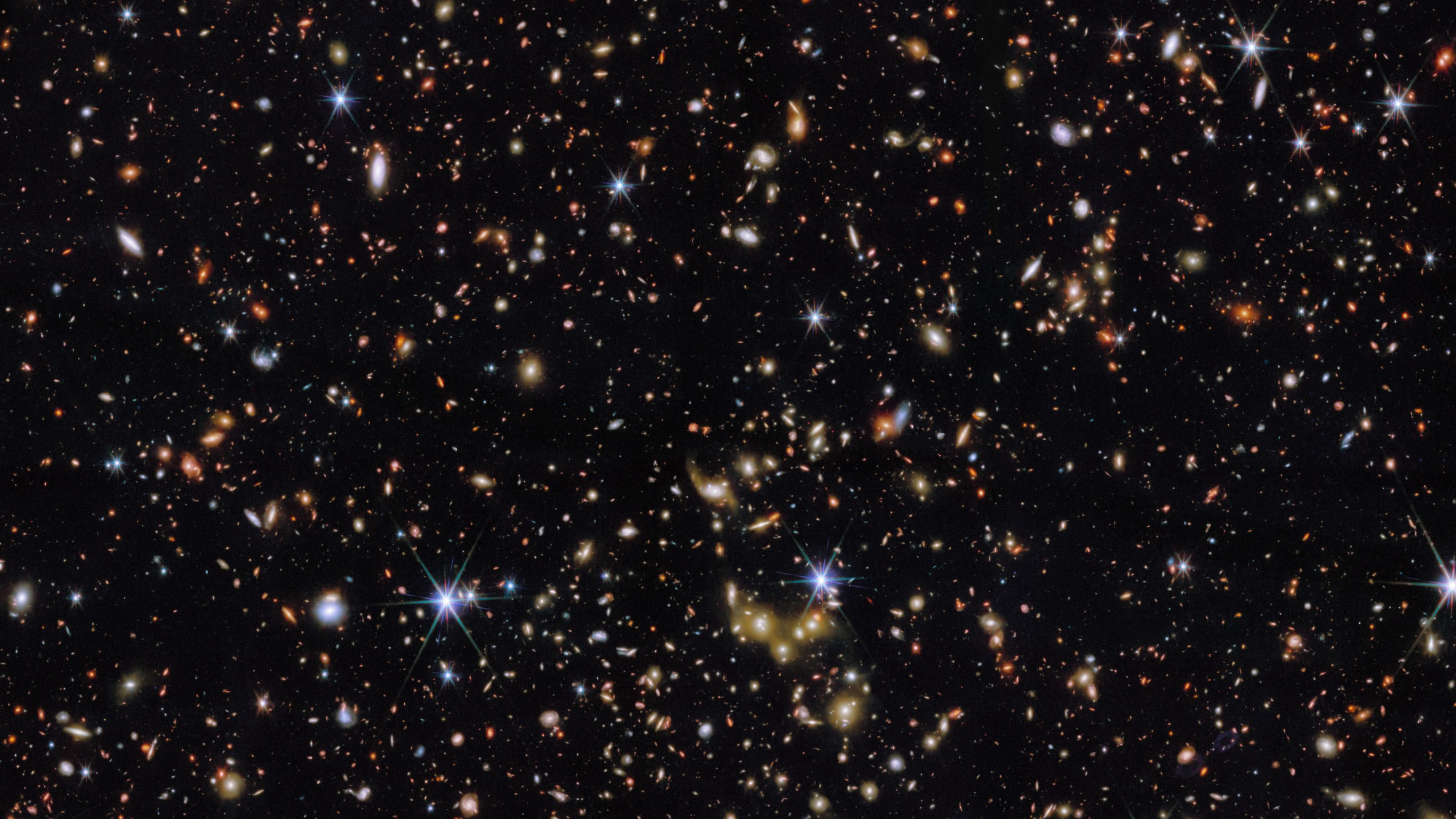'We Don't Planet' Episode 12: Type 1a Supernovae
Not all supernovae are formed from the catastrophic collapse of massive stars. Another common scenario occurs when two stars are born together but go through their life stages at different times. Binary systems are very common — about two-thirds of all stars are in binary or multiple systems. But even if stars form from a common protostellar disk, they can have very different masses.
The mass of a star determines its lifespan and ultimate fate. A more massive star has greater gravitational pressure in its core, leading to an increased rate of fusion. The faster a star burns through its supply of usable hydrogen in its core, the sooner it enters into its red-giant phase.
Catch Every Episode of "We Don't Planet" Here!
If one star in a binary pair is more massive than another, then it will become a red giant and eventually lose its atmosphere into a planetary nebula, all while its companion is steadily burning hydrogen in its main sequence lifetime. The more massive star will leave behind a white dwarf — the unfused core of carbon and oxygen.
But after billions of years, the companion too can become a red giant. The diffuse, extended atmosphere of the new red giant can begin to funnel onto the white dwarf companion, building up on the carbon and oxygen surface.
If a critical density is reached, the gravitational pressure of the new material can overwhelm the electron degeneracy pressure that supports the white dwarf; in an instant, the carbon and oxygen fuse in a massive explosion known as a Type 1a supernova.
These kinds of supernovae are very useful in cosmology because their absolute brightness can be calibrated, allowing astronomers to measure the distance to the galaxy hosting such an event.
Get the Space.com Newsletter
Breaking space news, the latest updates on rocket launches, skywatching events and more!
"We Don't Planet" is hosted by Ohio State University astrophysicist and COSI chief scientist Paul Sutter with undergraduate student Anna Voelker. Produced by Doug Dangler, ASC Technology Services. Supported by The Ohio State University Department of Astronomy and Center for Cosmology and AstroParticle Physics. You can follow Paul on Twitter and Facebook.
Join our Space Forums to keep talking space on the latest missions, night sky and more! And if you have a news tip, correction or comment, let us know at: community@space.com.

Paul M. Sutter is an astrophysicist at SUNY Stony Brook and the Flatiron Institute in New York City. Paul received his PhD in Physics from the University of Illinois at Urbana-Champaign in 2011, and spent three years at the Paris Institute of Astrophysics, followed by a research fellowship in Trieste, Italy, His research focuses on many diverse topics, from the emptiest regions of the universe to the earliest moments of the Big Bang to the hunt for the first stars. As an "Agent to the Stars," Paul has passionately engaged the public in science outreach for several years. He is the host of the popular "Ask a Spaceman!" podcast, author of "Your Place in the Universe" and "How to Die in Space" and he frequently appears on TV — including on The Weather Channel, for which he serves as Official Space Specialist.

